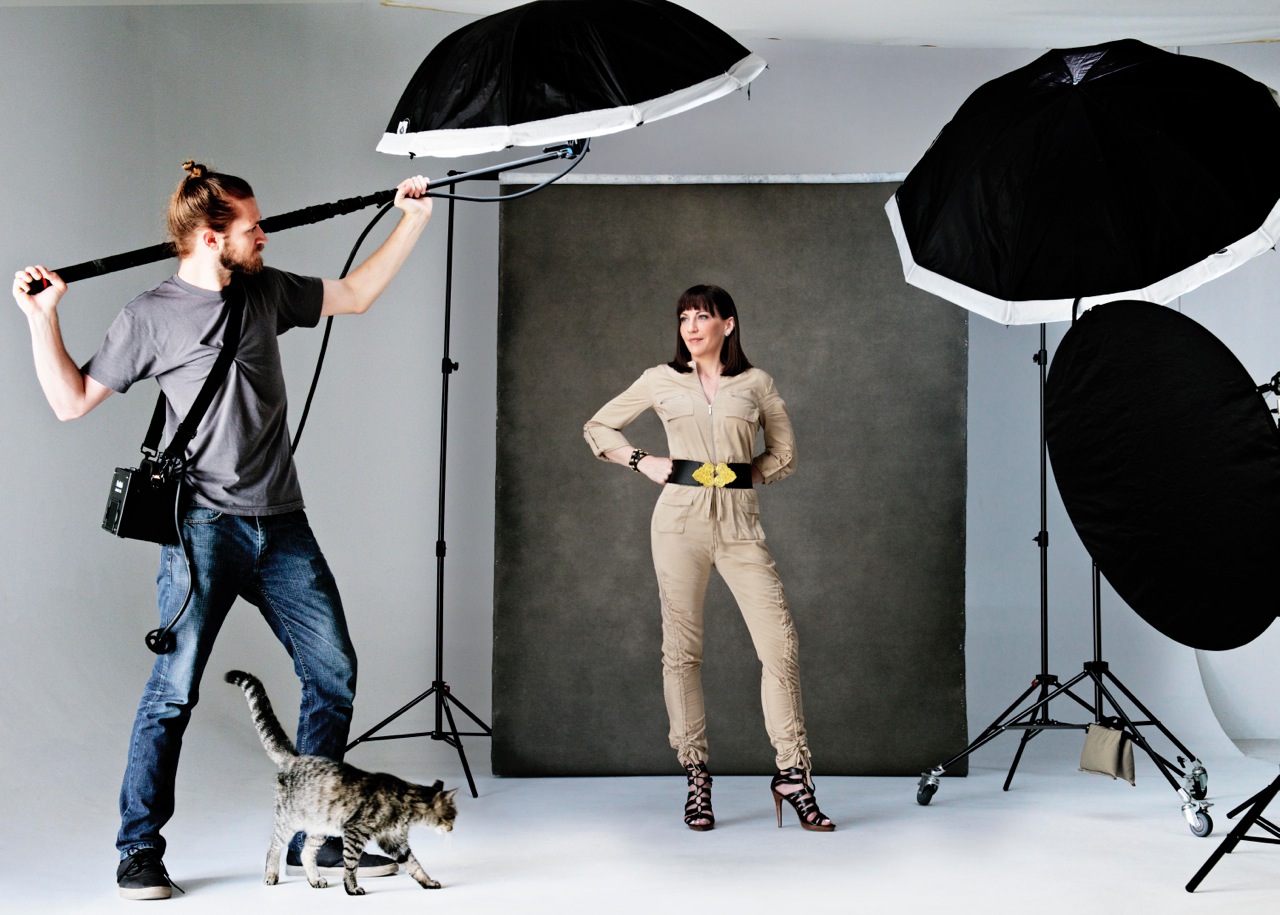What is Diffused Lighting in Photography and Its Impact?
For professional photographers, understanding light is crucial to achieving stunning images. One key aspect of lighting is knowing what is diffused lighting in photography. This technique softens harsh shadows and creates a harmonious blend of light and shadow, enhancing the overall aesthetic of the photo. In this article, we will explore the intricacies of diffused lighting, its applications, and how it can elevate your photographic skills.
In essence, diffused lighting occurs when direct sunlight or other light sources are filtered through materials that scatter light rays, creating a softer effect. This is particularly valuable in portrait photography, product shots, and any situation where capturing fine details is crucial. Let's delve deeper into the world of diffused lighting and its implications for your photography.

Understanding Diffused Lighting
Diffused lighting can be achieved either naturally or artificially. Natural diffusion occurs when light passes through clouds, trees, or even stained glass. The light becomes softer and more evenly spread, resulting in a beautiful glow that is flattering for subjects. On the other hand, artificial diffusion is accomplished using various materials, such as softboxes, diffusers, or even sheer curtains, to scatter light rays.
This kind of lighting minimizes harsh contrasts. It helps to create soft gradients on surfaces, making details more visible without appearing overexposed or too dark. Understanding how to manipulate and use diffused lighting can vastly improve your lighting setups, allowing for more creative freedom in your work.

The Importance of Controlling Lighting
Knowing what is diffused lighting in photography also touches on the necessity of controlling light in various environments. In portrait photography, for example, using diffused lighting can highlight your subject's features beautifully without casting unflattering shadows.
Additionally, when working in studios or other controlled environments, photographers often use diffusers in their lighting setups to achieve the desired look while maintaining a professional touch. If you're interested in the broader aspects of indoor lighting, you may want to read more about indoor photography lighting.

Techniques to Achieve Diffused Lighting
To effectively incorporate diffused lighting in your photography, here are some techniques to consider:
1. Using a Softbox or Diffuser
These tools are indispensable for photographers looking to create a beautiful, soft light. Softboxes, either mounted on lights or positioned in front of natural light sources, help control how light is dispersed. Investing in a good-quality softbox can vastly change your lighting game.
2. Employing Reflectors
Reflectors can also assist in diffusion. By bouncing light off a reflective surface, you can soften the impact of direct light while enhancing visibility.
3. Timing and Positioning
If you're shooting outdoors, consider the time of day. The golden hour creates diffused lighting naturally, giving a stunning ambiance to images. Similarly, positioning your subject under trees can create fabulous, naturally diffused light.

Common Mistakes with Diffused Lighting
Even the most seasoned professionals can make mistakes while working with diffused lighting. Here are some things to keep in mind to avoid pitfalls:
Firstly, over-diffusing can sometimes eliminate all shadows, making the photograph appear flat and lifeless. It's essential to find a balance that highlights the subject while still providing contour. Secondly, using a diffuser that is too dark may create a muddy effect, reducing the clarity of the image.
Applications of Diffused Lighting in Different Photography Styles
When you understand what is diffused lighting in photography, you can apply it across different genres:
1. Portrait Photography
As mentioned earlier, diffused lighting is excellent for portraiture. It enhances skin tones and creates a gentle glow that makes the subject look more appealing.
2. Product Photography
In product photography, diffused lighting helps to evenly light the subject without harsh reflections. Consider utilizing delicate light setups to showcase the details in your products.
3. Landscape Photography
Landscape photographers can benefit from natural diffused sunlight during the golden hour, creating more vibrant colors and softening harsh contrasts.
Using Ambient Light for Soft Effects
Diffused lighting is often confused with ambient lighting. Both create pleasant effects, yet they differ. Ambient light refers to the overall light in a space, while diffused lighting specifically refers to filtered light that softens shadows. For more information on ambient lighting, check out this article on ambient lighting.
Conclusion
Understanding what is diffused lighting in photography is essential for any professional photographer aiming to improve their craft. By mastering the techniques mentioned in this article, you can dramatically enhance your photographic results. Experiment with different diffusers, be mindful of your settings, and embrace the power of soft, beautiful light.
FAQs
What materials can I use for DIY diffusing?
You can use sheer fabrics, shower curtains, or baking paper as effective DIY diffusers.
Is diffused lighting better for all types of photography?
While diffused lighting enhances portraits and certain product shoots, some genres like architecture might require harsher lighting for depth and detail.
Can I create diffused lighting with flash?
Yes! You can use off-camera flashes with a softbox or umbrella to create beautiful diffused lighting.
As an Amazon Associate, I earn from qualifying purchases.

